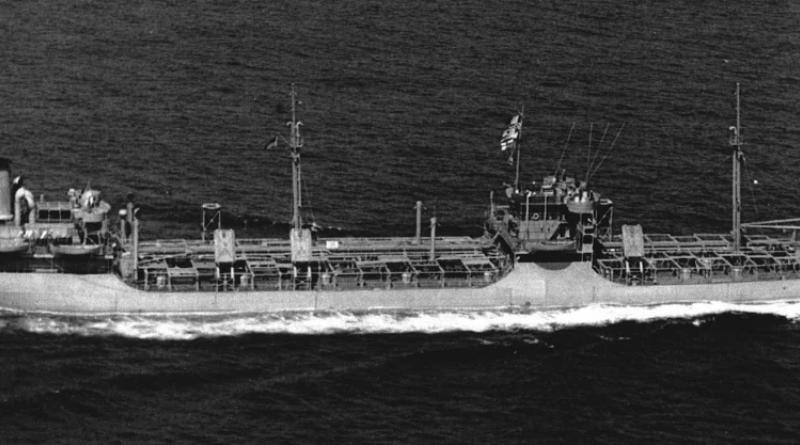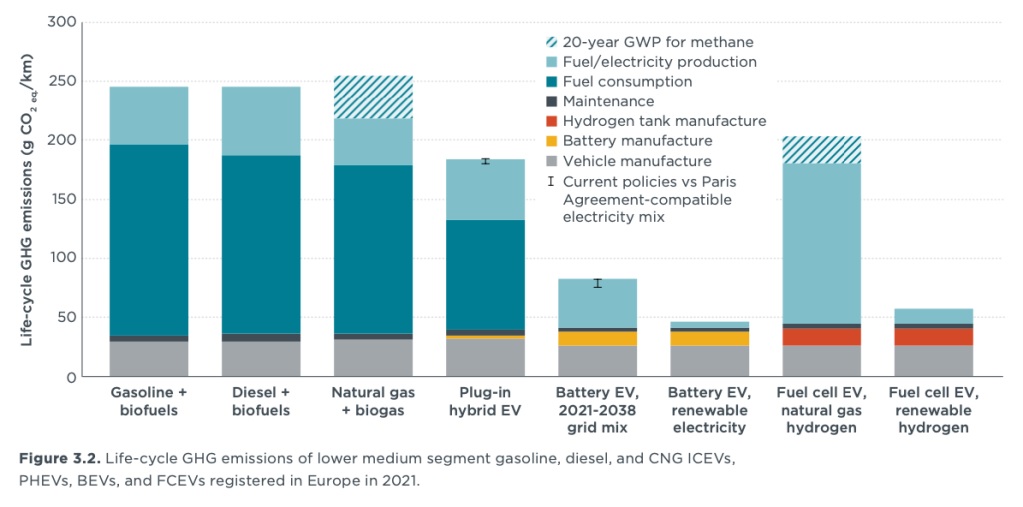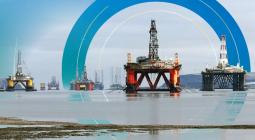Almost 40% Of All Ship Cargoes Are Oil, Coal And Gas

Three years ago, after my presentation on the changes in the automotive sector away from gasoline and diesel to electric cars and autonomous driving, a lady in the audience stood up. She asked a question that was very “loaded.” The question was already reproachfully asked and showed the skepticism of the questioner before these changes:
Where will all the electricity for electric cars come from?
The former city councilor of Baden-Baden certainly had a legitimate question, and it was answered quickly. About 10-20 percent more energy in the form of electricity would be needed to meet the power requirements for replacing the entire vehicle fleet of a country like Germany with electric cars. There are a number of studies on this.
But I did not end my answer here, on the contrary, I asked her a question: how much energy do we already use today to provide gasoline and diesel? And the answer to this rarely asked question, when it comes to electric cars, is frightening. I demonstrated these calculations a few years ago and the result is devastating. We use so much energy extracting oil, shipping or pumping it halfway around the world, then refining it, again transporting it to gas stations, and then burning it up in inefficient internal combustion engines to move a mass of two tons or more, with our body weight itself being just five percent of the mass moved.
Now I came across a 2019 study by the UN Conference on Trade and Development on the shipping industry, which includes figures on the cargo carried by the world’s cargo ships. And yes, the headline gave it away, nearly 40 percent of the tonnage of ships traveling the world’s oceans and rivers carry oil, coal, gas and to a small extent biomass fuels.
Nearly half of what we carry across the oceans is neither finished products (cars) nor the raw materials to make them (steel), but simply the stuff we burn to power these conversions and to keep us warm, cool and lit.
But it’s not just ships that transport these fuels. In the U.S. alone, there are around 100,000 tanker trucks on the roads, traveling back and forth between refineries and gas stations. With all the consequences from used fuel, environmental pollution, traffic jams and even the danger posed by tanker accidents.
In a world where only more electric cars drive, this will not (immediately) go down to zero, because electricity will still be generated partly by fossil fuels in the years to come. But if we can take more and more ships off our seas and rivers and tankers off our roads, then that’s good for the environment and people in every way.
The question posed by the former city councilor in Baden-Baden should have been quite different if she had meant it seriously and had looked into it more deeply. It should have read:
How much energy is consumed in providing propulsion energy for different forms of propulsion?
And the answer would immediately show us how wasteful we are today with energy and our environment. We already have more than enough energy in the country today, but we waste it generously on combustion vehicles.

To conclude, here’s a chart from a study by The International Council on Clean Transportation that shows emissions over the life cycle of internal combustion engine (ICE) and battery electric vehicle (BEV) powertrains:
also read:




